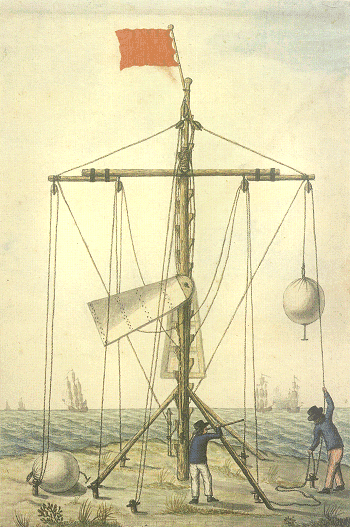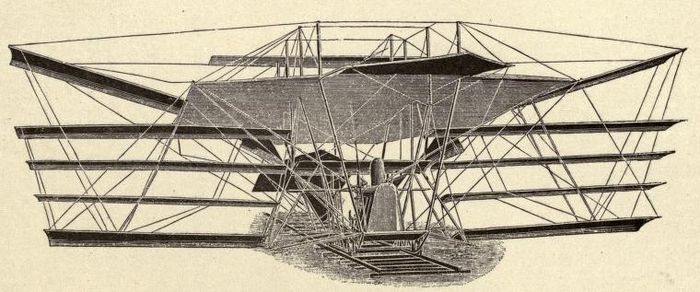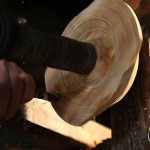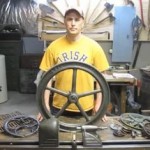What do you want to be when you grow up? In the 19th century, this question was easier to answer than it is today. There were 87 possibilities, according to Edward Hazen, author of “The Panorama of Professions and Trades” (1837). The book was also published as “Popular Technology; Professions and Trades” in 1870, Part 1 and Part 2 – these are better scans. Every profession is explained and illustrated. Find the table of contents below. Via Doug Berch, musician and dulcimer maker.
The Panorama of Professions and Trades (1837)
Optical telegraph in the Netherlands
The communications device was located on the beach of Scheveningen in the 1700s. More on the optical telegraph: Email in the 18th century. Source: geschiedenis van de techniek in Nederland.
How Far Back?
On the appeal of steampunk:
“Compared with an earlier and more thoroughly handcrafted era, a return to the late 1800s or early 1900s does not mean having to give up all the most basic modern conveniences. Most of these, including indoor plumbing, electric lighting and even air conditioning, had been invented and put into use by this time—in the main by the privileged, but then it is their lives (and not those of common men and women) that are the stuff of historical fantasy. Travel no longer meant riding in cramped stagecoaches over dirt roads or wind-and wave-tossed sailing vessels, but in luxurious automobiles
and handsomely appointed cabins aboard trains and steamships.”
Via Clockworker.
Airships Past and Present, by A.Hildebrandt (1908)
“Airships past and present – together with chapters on the use of balloons in connection with meteorology, photography and the carrier pigeon” by A. Hildebrandt, captain and instructor in the Prussian Balloon Corps (1908). Pictures, table of contents and list of illustrations below. Related: Camping in the clouds – the zeppelin that never lands / Green slow air cargo / Kite aerial photography.
Prison Treadmills
The prison treadmill was invented in England in 1817 by Sir William Cubit, who observed prisoners lying around in idleness and put himself to the task of “reforming offenders by teaching them habits of industry.” Forty-four prisons in England adopted it as a form of hard labour that could also grind grain (although some treadwheels were only “grinding the wind“).
The punitive treadmill was then implemented in America for two long years, between 1822 and 1824, at Bellevue penitentiary outside New York. Prisoners stepped on the mill for 10 hours a day (with 20 minute breaks per hour), grinding grain, often with a large audience of jeering onlookers housed in a specially built viewing house. Read here and here. Picture credit. See more images.
Related: Human powered cranes and lifting devices.







